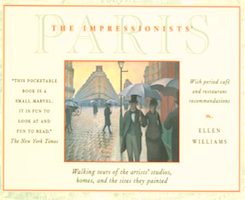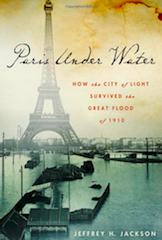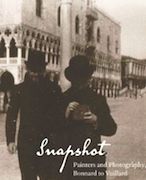Paris Batignolles 17th Arrondissement Back When
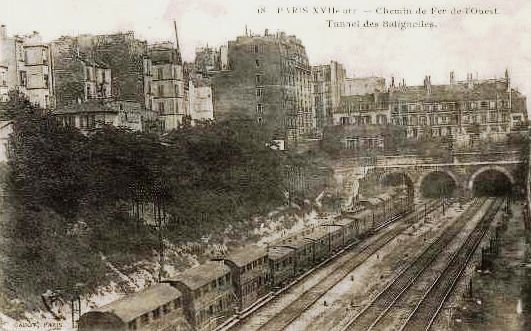
- SUBSCRIBE
- ALREADY SUBSCRIBED?
BECOME A BONJOUR PARIS MEMBER
Gain full access to our collection of over 5,000 articles and bring the City of Light into your life. Just 60 USD per year.
Find out why you should become a member here.
Sign in
Fill in your credentials below.

Until 1860, Paris proper was made up of arrondissements 1 through 9. The outer-lying districts, those situated beyond the tax wall of the Farmers General, provided to the city’s gentry a level of escape from crowds and congestion. The “country” spaces of what is now the 17th arrondissement comprised luxury second homes, hunting grounds, and cozy auberges where one could relax and breathe the fresh air, free from the demands of city life and the taxes that went along with it.
In the early 1800s, Henri de Rouvroy, the Comte de Saint-Simon, encouraged continued expansion in and around Paris, with the express, audacious idea of opening up France to a united Europe, where commerce and currency would combine and “ouvrir le monde aux nations” (open to a world of nations)—in other words, to allow for the free circulation of men, ideas, and goods. The vehicle to implement Saint-Simon’s ideas was the railroad, which to this day forms angles with many boulevards in the 17th (especially around rue Cardinet where today the Transilien line services from the original station). His foresight certainly played out on the national and European scale, and one could contend that its implementation had its origins in the Batignolles-Monceaux area, as the Paris 17th was referred to back then.

From 1820 on, this peaceful northwest community was the terrain of an incredible mobilization of ideas, energy, and talent, the magnitude of which arrives but few times in history. With the railroad as the technological engine, Saint-Simon’s idyllic thinking focused also on the implementation of ideas of talented, hard-working men. Free from the financial formalities of Paris, the spirit of innovation could be felt on every corner. The Péreire Brothers, Emile and Isaac, industrialists and protégés of Saint-Simon, continued the notion of expansion by focusing on invention—especially steam propulsion, as it aided the advance of the train industry. In 1835, in spite of resistance from various parties, the brothers managed to obtain financing from sources like Adolphe d’Eichtal and the Rothschild family. In addition, respected engineers like Lamé, Clapeyron and Fournel produced detailed plans that lead the court of Louis Philippe to eventually concede, “at the cost, risk, and peril” of the Péreire brothers, to the implementation of a rail line to run 19 kilometers from Paris to Pecq. The embarkation would be from a new train station in the Europe section, between rue Saint-Lazare and rue d’Amsterdam, what is now known as the Gare St. Lazare.
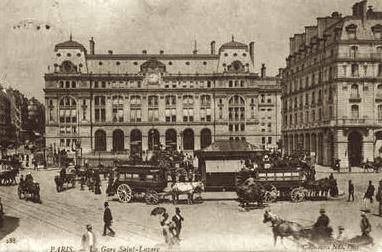
Another larger-than-life character, Ernest Goüin, educated at Polytechnique and chief at the country’s main arm of railroad manufacturing, was all too aware of the slow arrival of efficient rail services in France. In an effort to address this, he combined his own financial resources with those of visionaries like Rothschild and Saint Simon’s protégé Rodigues-Henriques to build 14,000 square meters of factory space dedicated to iron and metal works for rail construction. His home and operations were in the Batignolles-Monceaux area, specifically les Epinettes.
One of many well-known artists of the neighborhood, Alexandre Dumas (1802-1870), commented on this expansion and modernization: “Supprimer la distance, c’est augmenter la durée du temps. Désormais, on ne vivra pas plus longtemps; seulement, on vivra plus vite.” (By shortening distances, we increase the lasting quality of time. Henceforth, we’ll not live any longer, only faster.)
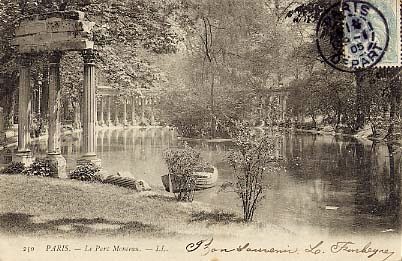
At the beginning of his reign, Napoléon III decided to create the 17th arrondissement by unifying the villages of Ternes and Batignolles-Monceaux. Once again, the Péreires aided the effort, serving as intermediaries in the urban planning of the stretches around boulevard Malesherbes and the then ‘plaine Monceaux’ which today includes the impressive and beloved Parc Monceau. The Péreires had their hands in everything from building expansion to park planning to additional transport services. Today as reminder of their forward thinking and the place they called home, the boulevard Péreire cuts a wide and lengthy swath through the 17th.
Photos are public domain antique post cards.
Kathy Burke has written several stories published by BonjourParis, which you can read by clicking on her name.
Would you like to submit a story or request a story topic? Your stories & ideas welcome.
NEW: exclusive content for subscribers in every newsletter. Subscribe for free.
Top 100 Readers’ Favorite Amazon.com Items. (Please wait for Amazon.com widget to load)
More in Hotels, Paris, Shopping
